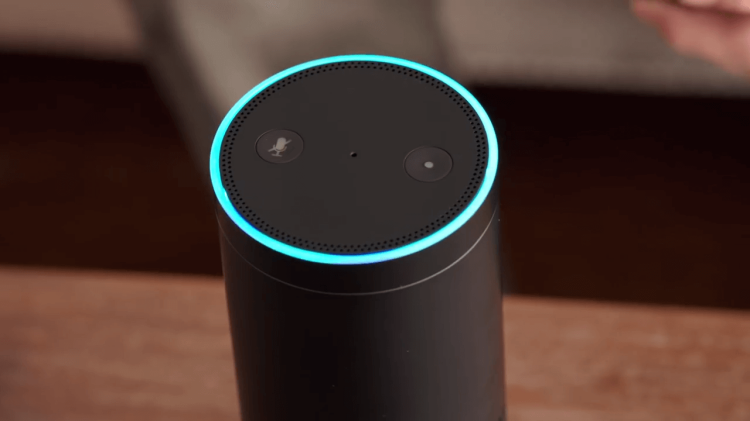It’s still early days for intelligent assistants like Google Assistant and Alexa. Little is known about user habits, but it turns out that the churn rate for skills or actions made by third-party developers is pretty high.
According to the 2017 Voice Report, only three percent of all Alexa skills and Google Assistant conversation actions see usage by return visitors a week after the service has been activated.
Some, however, experience outsized success, where about 20 percent of their users return after one week. Here’s what skills with high retention have in common, according to voice analytics company VoiceLabs, which compiled the report.
VoiceLabs is a launch partner of Actions on Google, a Google Assistant platform launched last December for the creation of third-party experiences and services. The company works with developers making Alexa skills and Google Assistant conversation actions whose services are used by a combined one million people.
1. Provide fresh content daily
Skills that are able to maintain over 20 percent retention after a week regularly offer users new content.
“It’s not just good enough to have fresh content, you have to let the consumer know so you’re putting the seed in their mind of ‘Hey, there’s a news update tomorrow’,” VoiceLabs cofounder Adam Marchick told VentureBeat in a phone interview.
2. Tap into a daily habit or need
Examples of high-performing skills in this category include daily scripture or devotionals for Christians, celebrity gossip, or news flash briefings.
This accounts for the emergence of some skills or actions that you might not expect to see. For example, developer Nick Schwab made two skills for ambient white noise, like thunderstorms. They are extremely simple but regularly rank high on the list of the most enabled skills in the Alexa Skills Marketplace.
3. Get a personality
A voice interface is an opportunity to touch on the sort of intimate connection people can foster with the sound of a person’s voice. It’s a chance to add excitement and empathy and creates a sharp contrast to Alexa’s monotonous tone. That’s probably why you hear the voice of Anderson Cooper or Wolf Blitzer when you use the CNN Alexa skill.
“What is uniquely delightful about voice first? You can add more personality. Bringing personality increases retention and increases usage,” Marchick explained.
4. Control smart home devices
If you want to skip the whole personality thing, just make a skill that controls smart home devices.
“Second-week retention rates for smart home skills are much higher, so definitely once they’re used, they become part of a daily or weekly habit,” Marchick said.
Sumang Liu, cofounder of Y Combinator-backed smart home company Mosaic, told VentureBeat his company’s Alexa skill saw a retention rate of 40 percent in its second week.
5. Be delightful
There’s that word again: delight. It comes up all the time in startup circles as the differentiator between good and great.
This term is sometimes glazed in marketing speak and buzzwordery, but in the context of third-party intelligent assistant skills, delight can be defined as feeling happy, almost joyful that you used the skill. Your time wasn’t wasted, and you weren’t led to the kind of frustration you encounter when interacting with a bad skill.
All the elements — personality, fresh content, filling a user’s consistent need — must add up to a delightful user experience to create a compelling skill that keeps people coming back.
VentureBeat's mission is to be a digital town square for technical decision-makers to gain knowledge about transformative enterprise technology and transact. Learn More

